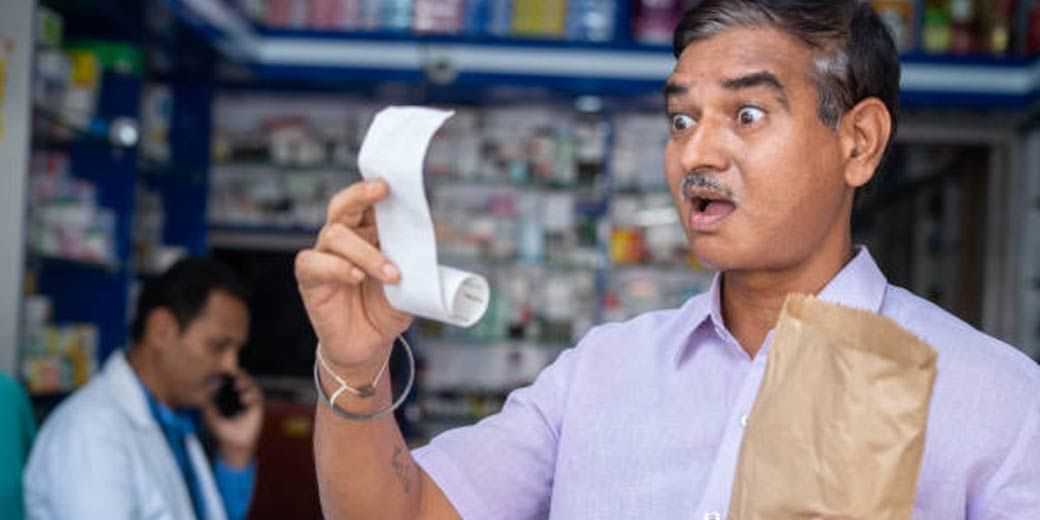Expensive hospital treatment is taking toll on medical bills!
According to a survey by insurance portal PolicyBazaar, cost of treatment has more than doubled in the last five years

Expensive treatment is taking a toll:
According to a survey by insurance portal PolicyBazar, cost of treatment has more than doubled in the last five years. During 2018, the average cost of treatment in a hospital was 24,569 rupees. This increased to 64,135 rupees in 2022. So, the cost of treatment has increased by 160 percent in the last five years. The cost of treatment in metro cities has increased at a rapid pace. It was already anticipated that after Covid, the impact of expensive treatment would fall on people’s budget. But it was not estimated that the impact would be so much. Not only this, there is a huge difference in the cost of the same treatment in different hospitals. The bigger the hospital.. The more expensive is the cost of treatment.
What is the reason?
During Coronavirus, hospitals added some new facilities in the name of treatment. Hospitals made some new arrangements for protecting patients from getting infected. This increased the cost of treatment. After the end of the pandemic, no reduction was made in expenditure on maintaining hygiene standards. Rather, the cost has increased manifold. As a result, inflation in healthcare is growing at 14 percent i.e. twice as fast as retail inflation which is currently at seven percent. This means that if the cost of treatment for a disease is 3 lakh rupees now, in the next five years, it will increase to 6 lakh rupees.
What is the situation?
According to the National Health Profile-2021, on an average, more than 80 percent of the one-time cost of being admitted to a hospital had to be paid by people out of their own pockets. This is called ‘out of pocket’ medical expenses. A report by the World Health Organization states, that, due to such medical expenses, more than 5 crore people in India become poor every year. Due to increasing expenditure on health, every year 8-9 percent people go below the poverty line.
What do experts say?
Personal finance expert Dr. Rahul Sharma says that after Corona, people have become aware of importance of buying health insurance. With the increase in access to insurance, there is an increase in demand and use of health services. This increases the cost of treatment. A large part of the cost of treatment goes towards diagnostic and medicine. In the last three years, the prices of medicines have increased by 15-20 percent. As the number of claims have increased, health insurance companies are increasing premiums as well. In the last one year, there has been an increase of 10 to 25 percent in premiums. Dr. Sharma says that at present there is no limit to how much it should cost to treat any disease. Hospitals are charging arbitrarily in the name of treatment. Due to this, a large number of people are not able to get treatment on time. If the government makes any strict rules, then, inflation in healthcare can be controlled.

